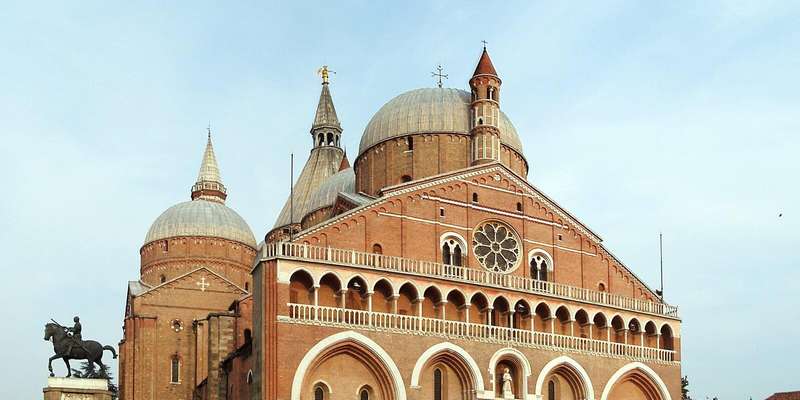- Home
- Useful Tips
- Combining Padua's fresco sites...
Padua's UNESCO-listed fresco cycles represent one of Italy's most concentrated art treasures, yet most visitors leave frustrated. With the Scrovegni Chapel's strict 15-minute slots, overcrowded basilicas, and scattered locations, 73% of day-trippers miss at least one major site according to Veneto tourism data. The stress of timed entries and transport logistics often overshadows the awe these Giotto masterpieces should inspire. Unlike Florence or Venice where major artworks cluster together, Padua's gems require strategic sequencing to appreciate properly without museum fatigue. This challenge intensifies during peak season when humidity-sensitive frescoes mean limited daily admissions.


Mapping your route from train station to first fresco
Padua's strategic position between Venice and Veranda makes it perfect for a day trip, but arriving unprepared wastes precious morning hours. The key lies in starting at the Eremitani Civic Museums near the station, where your timed Scrovegni Chapel ticket includes access to lesser-known medieval frescoes. Locals know arriving by 8:15am guarantees cooler temperatures for cycling between sites and beating the 10am tour group surge. Walking southeast along Riviera del Ponti Romani lets you admire canal views while reaching the Chapel right as morning light illuminates Giotto's blues. This 12-minute route passes three coffee bars where you can grab a quick espresso and cornetto - fuel you'll need before confronting the emotional intensity of the Last Judgment cycle.
Securing Scrovegni Chapel slots without the stress
The chapel's climate-controlled environment means only 25 visitors enter every 15 minutes, with online reservations often selling out weeks ahead. However, the civic museum holds back 30% of tickets for same-day release - if you know when to ask. Tuesday and Thursday mornings see fewer school groups, while the 1:15pm slot often has availability as lunchtime distractions peak. A little-known alternative is purchasing the Padova Card at the tourist office by Palazzo della Ragione; this 48-hour pass includes priority chapel access and unlimited buses to reach the Basilica later. Should tickets appear sold out online, call +39 049 2010020 where staff frequently find last-minute cancellations not reflected on the website.
From Giotto to Guariento - hidden fresco transitions
After the Scrovegni's artistic shock, most visitors rush to the Basilica of Saint Anthony but miss two transitional masterpieces. The small but luminous Oratorio di San Giorgio houses Altichiero's 14th-century Passion cycle, where the intimate scale allows studying brushwork impossible in crowded sites. Five minutes west, the Baptistery's Guariento frescoes reveal Padua's artistic evolution between Giotto and the Renaissance. These intermediary stops provide necessary visual palate cleansers while letting midday crowds thin at the Basilica. Time your arrival at Saint Anthony's for after 2pm when light pours through the clerestory windows onto Donatello's bronzes, creating perfect conditions to appreciate the chapel frescoes' gold leaf details.
Evening wind-down with Padua's fresco aperitivo
As sites close at 7pm, locals head to Piazza delle Erbe where historic cafes overlook frescoed merchant palaces. Caffè Pedrocchi's Green Room mirrors the colors in Palazzo della Ragione's astrological cycles, while a spritz at Bar Nazionale lets you admire Giusto de' Menabuoi's faded facade works across the square. For a final artistic flourish, the University's 16th-century anatomical theater (included in Padova Card access) reveals how fresco techniques educated medical students. This evening circuit proves Padua's art isn't confined to museums - it's woven into daily life, rewarding travelers who pace their day to savor both canonical masterpieces and living traditions.



